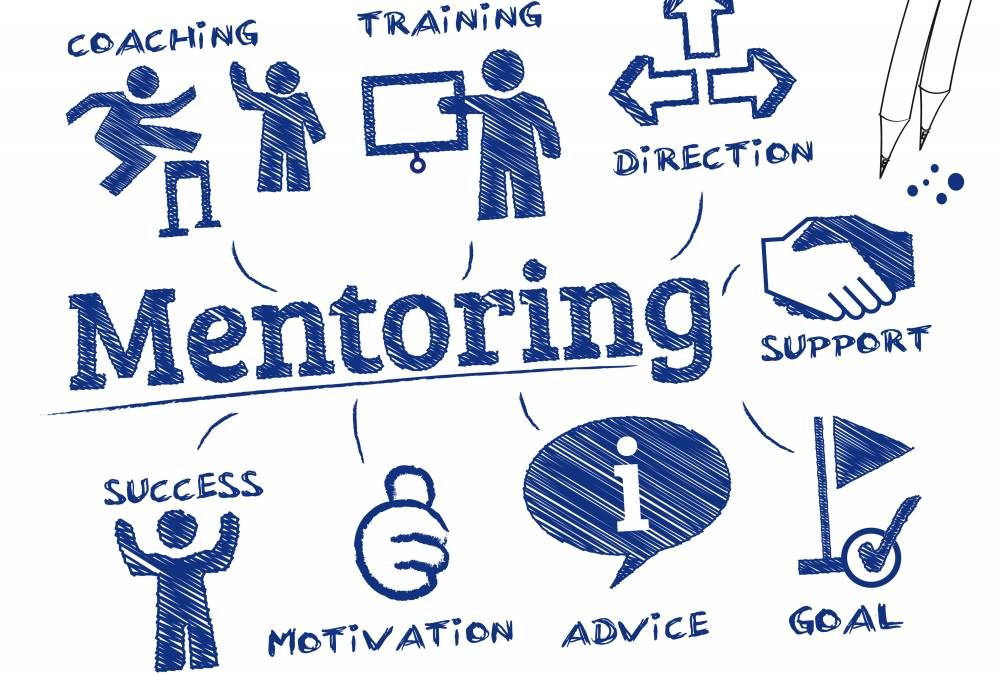Effective mentorship is arguably the most accurate determinant of whether or not employees enrolled in a registered or industry-recognized apprenticeship program will be successful. Employers must keep many factors into consideration when selecting mentors, training them for their role, and matching them with apprentices. The leg work pays off.
The Department of Labor requires mentorship as a component of both registered (RAP) and industry-recognized (IRAP) apprenticeship programs.
For RAPs, a one-to-one ratio is “highly recommended to ensure quality instruction and supervision; however RAP sponsors can request an expanded ratio based on their specific occupational needs,” according to Apprenticeship.gov.
No set ratio of mentors to apprentices is required for IRAPs, though some sort of structured program that includes ongoing supervision and training is expected.
Why invest in mentorship?
Though not unique to any one industry, mentorship programs are particularly relevant in the manufacturing community today. This is because of the skills gap resulting from a retiring workforce and unskilled labor market.
Thomas, a sourcing and marketing company that specializes in manufacturing, cites a startling statistic in a January 2019 article: U.S. businesses lose approximately $160 billion total every year as a result of the skills gap.
“It’s imperative that companies play a more active role in addressing this, and one of the most engaging, effective ways to do so is through mentorships — cultivating meaningful relationships between experienced pros and ambitious novices,” the article explains.
Furthermore, effective mentorship supports the broader mission of apprenticeships to increase productivity, reduce waste, fill open positions faster, reduce turnover, and more.
Selecting effective mentors
According to the Department of Labor, mentors should be experienced workers. Their role is to help an apprentice to satisfy his/her on-the-job learning. An excellent mentor also might guide the apprentice in the transfer of knowledge from their related instruction to their on-the-job experience.
Although years served in the industry matters, so does a commitment to helping the apprentice succeed. Evidently, this means an employee with the most experience might not necessarily carry other traits desired in mentors. Among those traits:
- Trustworthy
- Well-respected
- Demonstrates loyalty to the company
- Cares about helping others succeed
- Knack for instructing others
Mentors also need to show adaptability when working with apprentices who, for example, are several years younger and/or whose gender or race are different than his or her own.
Selecting the best mentors for the job is only part of the task. They also need to be trained for the role.
Keys to successful mentorship
First-time mentors would benefit from participating in a two- or three-day course to prepare them for the expectations of their role. RADD Training’s course explains in depth how effective mentorship revolves around the following:
- Goal setting and accountability
- Ongoing guidance / feedback
- Communication
- Collaboration
- Relationship-building
Mentors also must identify the apprentice’s learning style, whether auditory, kinesthetic, visual, or a combination. This will help them to choose the appropriate methods of instruction for the apprentice.
Finally, the RADD Training course prepares the mentor for addressing challenges, such as a struggling or failing apprentice. Contact RADD Training at rdaurio@raddtraining.com for more information.
In the end, an apprentice is responsible for his/her own learning. In most cases, guidance from a mentor is critical in ensuring success for the individual and the company as a whole.
As Thomas reports in their article, “mentorship is the best way to educate a mentee of solid proven practices in manufacturing. These practices are not always found in books or on the internet. A lot of this is learned through manufacturing experiences, good practices, and the actual on-the-job training.”


Recent Comments